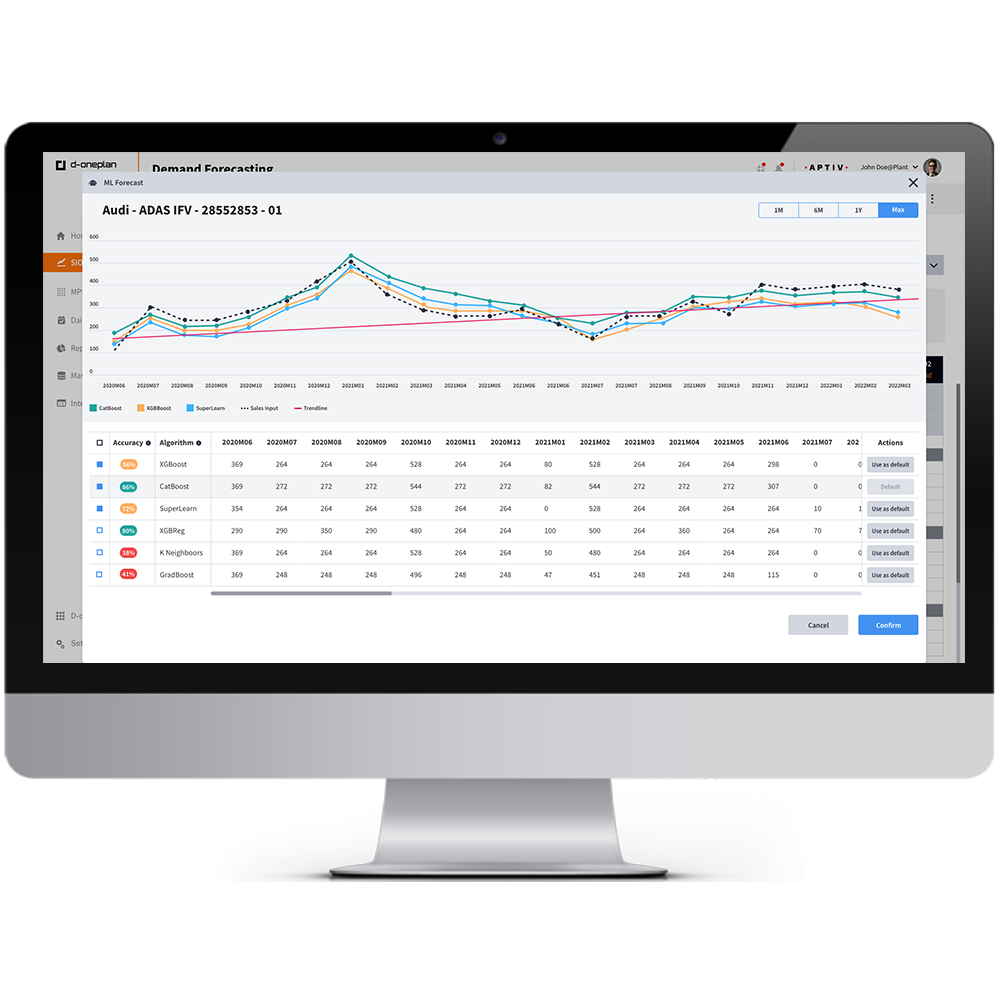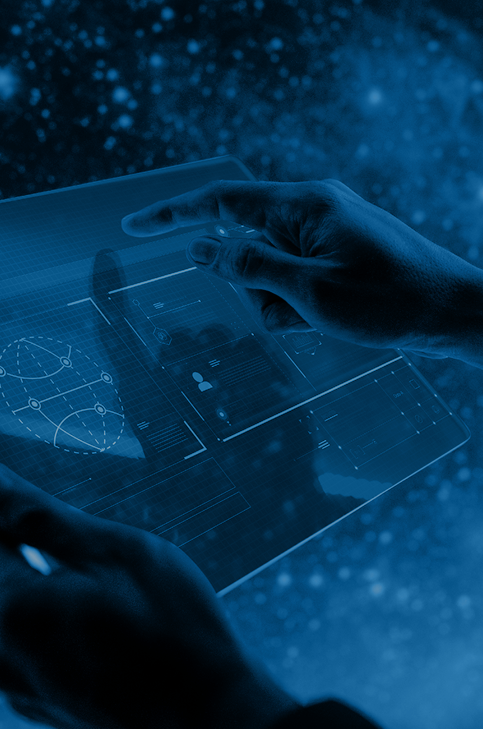Machine Learning for better Demand Forecasting
How Machine Learning (ML) and Artificial Intelligence (AI) helps to drive better Demand Forecasting

Demand forecasting is one of the key processes in Integrated Business Planning (IBP) and more specifically Sales Inventory and Operations planning (S&OP). It directly impacts critical business activities such as financial planning, production planning, material and inventory planning. Consequently, improving demand forecasting and reducing forecast error has become a strategic imperative for businesses irrespective of industry.
Traditionally Demand Forecasting is achieved using direct inputs from Sales, Marketing and statistical forecasting methods. With rising levels of product complexity and market volatility, traditional methods struggle to keep up with increase in SKU volume. By applying machine learning algorithms, businesses are now able to treat very large datasets more effectively and in a fraction of the time.
Applying Machine Learning
At Digitalsoft, we love to connect and empower people and businesses. We put innovation at the reach of our customers. Machine Learning & Artificial Intelligence are at the heart of our d-one digital applications platform.
Statistical forecasting is the process of predicting future volumes based on the historical data. The data is time-dependent and sequential. The historical states of a times series data are used for training a forecast model. This would be used when demand is stable with a mature product portfolio. Statistical forecasting uses the pattern of the past to predict the future with events that repeat. As this process requires the user to check and apply the right statistical forecasting formula out of many, processing time and capacity become prohibitive in complex situations. Demand is more volatile and influenced by various external factors. For this, businesses need a more suitable technology to improve the forecast accuracy.
Machine learning uses sophisticated mathematical algorithms to automatically recognize patterns, capture demand signals and spot complicated relationships in large datasets. The datasets can include both internal and external sources of information. Moreover, the algorithm can learn and self-correct with lightning speed, quickly converging to a best-fit result. Machine Learning effectively addresses the weaknesses of traditional statistical forecasting models and significantly improves accuracy.
Machine Learning in d-one
We recommend following these steps when applying Machine Learning:
- Collect minimum of 3 years historical data and real time data from internal and external data sources
- Data Curation to remove the outliers, duplicates etc.
- Feature Engineering to suit business needs
- Model Selection to fit your product portfolio.
- Continuous evaluation of models to identify the best fit algorithm.
- Re-train the model based on new data availability.
- Apply self-Learning with MAPE & BIAS to improve the accuracy.
There are no “one-size-fits-all” forecasting algorithms. d-one uses multiple Machine Learning algorithms that take into account several factors such as: business goals, data availability, quality of the data and other external factors.

Take-away
As markets and businesses become more and more complex, technology evolves. At Digitalsoft, our focus on innovation allows our customers to access the best available features and solutions. Machine Learning and Artificial Intelligence is an integral part of d-one, and provides our customers with best-in-class Demand Forecasting. Business no longer need to compromise or struggle to process large volumes of SKUs.


 Sales forecast: overcoming the key challenges
Sales forecast: overcoming the key challenges

